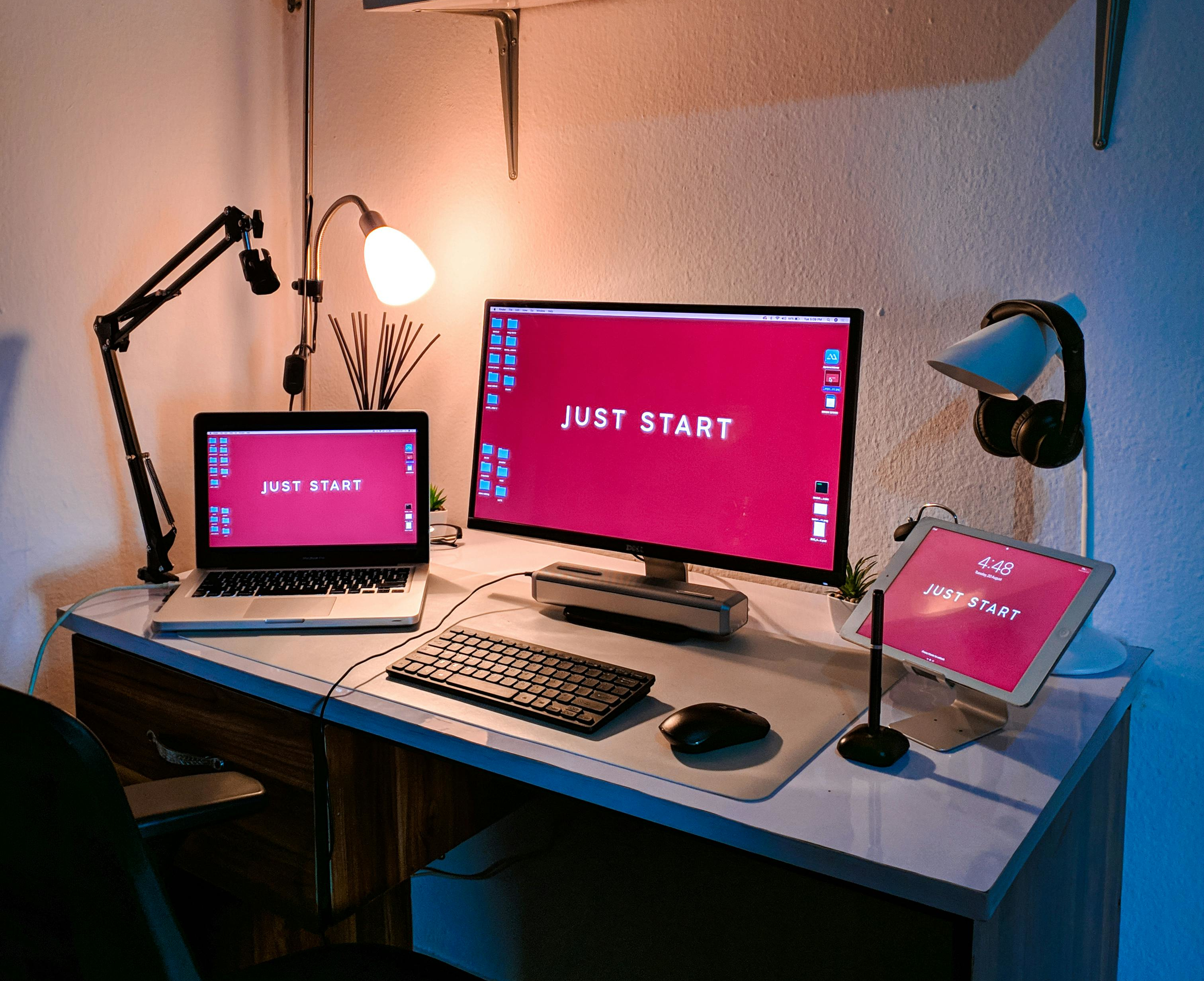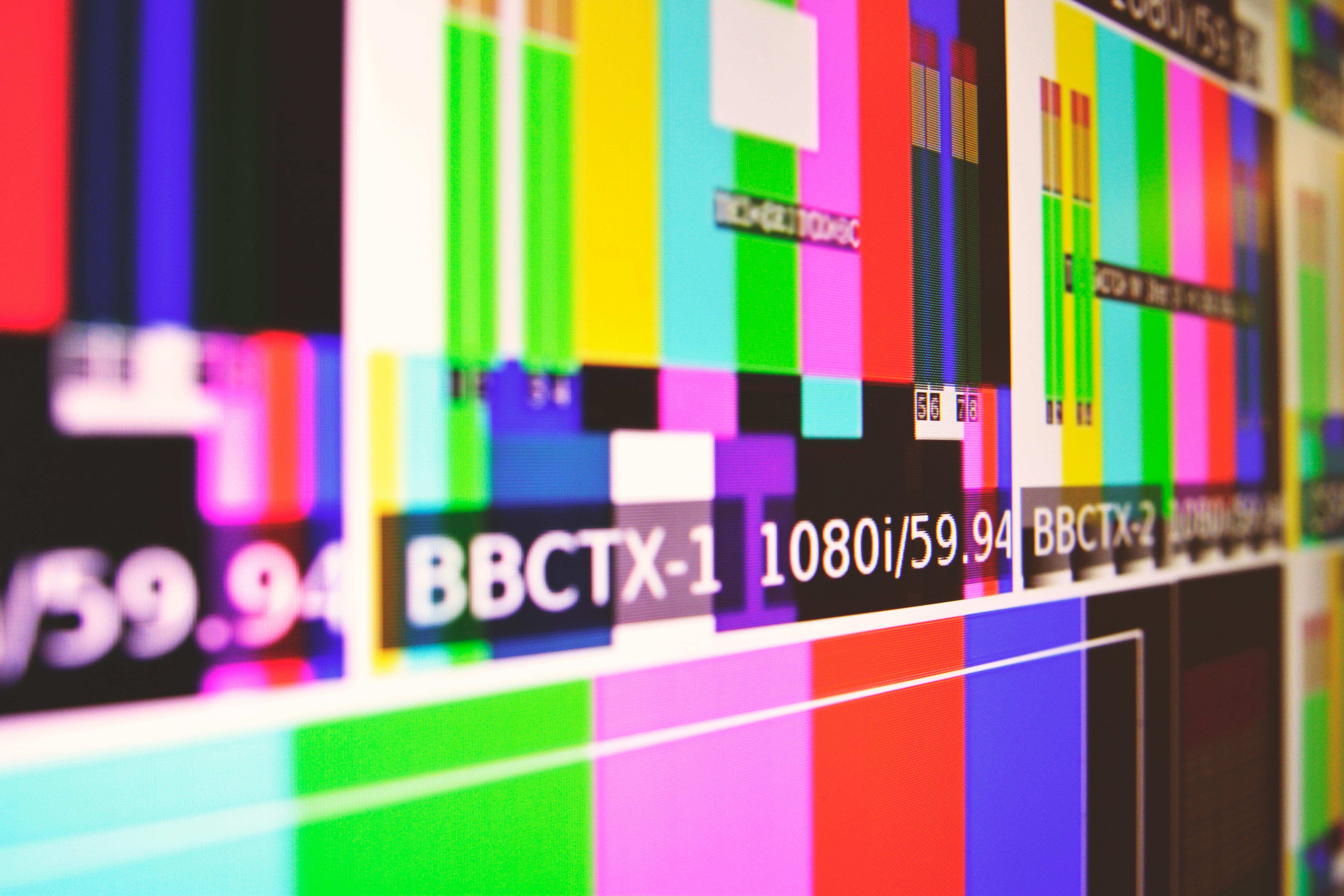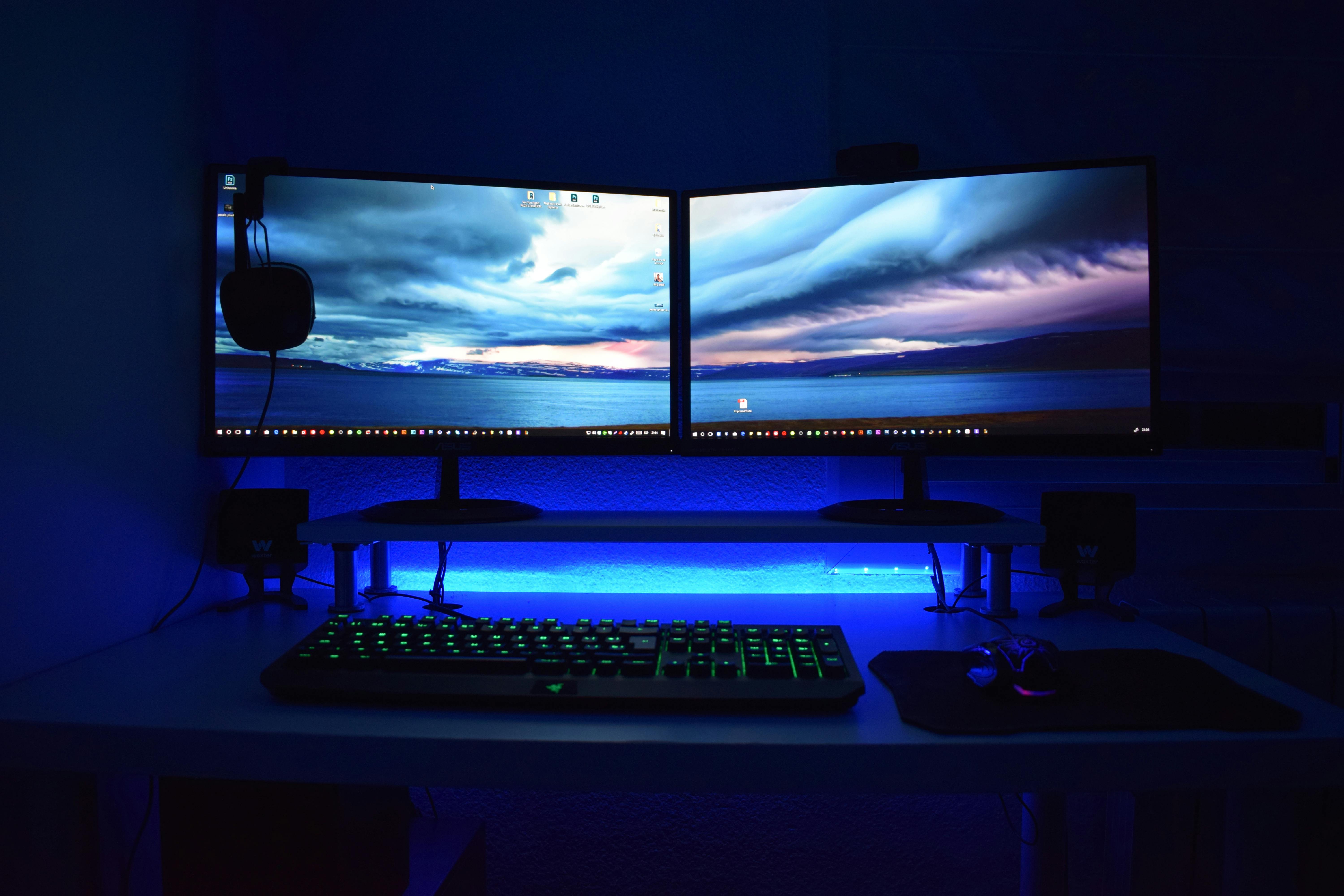5 things to look out for when buying a monitor
5 things to pay attention to when buying a monitor
Buying a monitor is a decision that has a huge impact on the comfort of work, entertainment or gaming. Choosing the right model is not always easy, as the market offers hundreds of different devices. However, it is worth focusing on a few key parameters that will help select the perfect monitor for our needs - both for office work and home use.
Here are the 5 most important factors to look at when buying a monitor.
1. Resolution - sharpness and detail of the image
Resolution determines how many pixels the screen displays, and thus how detailed the image will be.
- Full HD (1920x1080) - sufficient for most office applications.
- QHD (2560x1440) - a compromise between price and image quality, ideal for work and entertainment.
- 4K (3840x2160) - the highest quality detail, great for graphics editing, movies and demanding games.
👉 If you spend a lot of time at the computer, a higher resolution will allow for more comfortable work and better text readability.

2. Matrix type - colors and viewing angles
The matrix type affects color reproduction, contrast and viewing comfort at different angles.
- IPS - best color reproduction and wide viewing angles. Ideal for graphics and everyday use.
- VA - deeper blacks and high contrast, great for watching movies.
- TN - fastest response time, often chosen by gamers, although with inferior colors.
👉 For office work and multimedia, monitors with IPS matrix are most often recommended.

3. Refresh rate - smoothness of the image
This parameter determines how many times per second the screen refreshes the image (expressed in Hz).
- 60 Hz - standard for office work and everyday use.
- 120 Hz / 144 Hz - a much smoother image, especially useful for gaming.
- 240 Hz and above - for professional e-sports gamers.
👉 If you play dynamic games or watch a lot of movies, choose a monitor with a higher refresh rate.

4. Connectors - compatibility with your computer
The monitor should be equipped with the right ports to connect your computer or other devices without problems.
- HDMI - most commonly used, good for computers and consoles.
- DisplayPort - ideal for PCs, supports high refresh rates.
- USB-C - increasingly popular, allows you to transfer video, audio and power your laptop with a single cable.
- DVI / VGA - older standards, found in older devices.
👉 Before buying, make sure the monitor has connectors compatible with your hardware.
5. Ergonomics - convenience of use
A good monitor is not only about image quality, but also about user comfort. Pay attention to:
- height adjustment,
- the ability to swivel and tilt,
- pivot function (rotation of the screen to vertical),
- blue light and flicker reduction modes.
👉 An ergonomic monitor will avoid neck and eye pain when working for long periods of time.

Why choose a refurbished monitor?
A new monitor is a considerable expense, but there is an alternative - refurbished and post-lease monitors. Such devices:
- come from professional offices,
- are thoroughly tested and fully operational,
- cost up to 50% less than new ones,
- often offer higher-end quality at an attractive price.
👉 If you are looking for a solid monitor for work or home, refurbished equipment is a great choice.
Summary
When buying a monitor, pay attention to resolution, matrix, refresh rate, connectors and ergonomics. These are the elements that most affect comfort and productivity. And if you care about quality and savings - consider buying a refurbished monitor with a warranty that will serve you for many years.